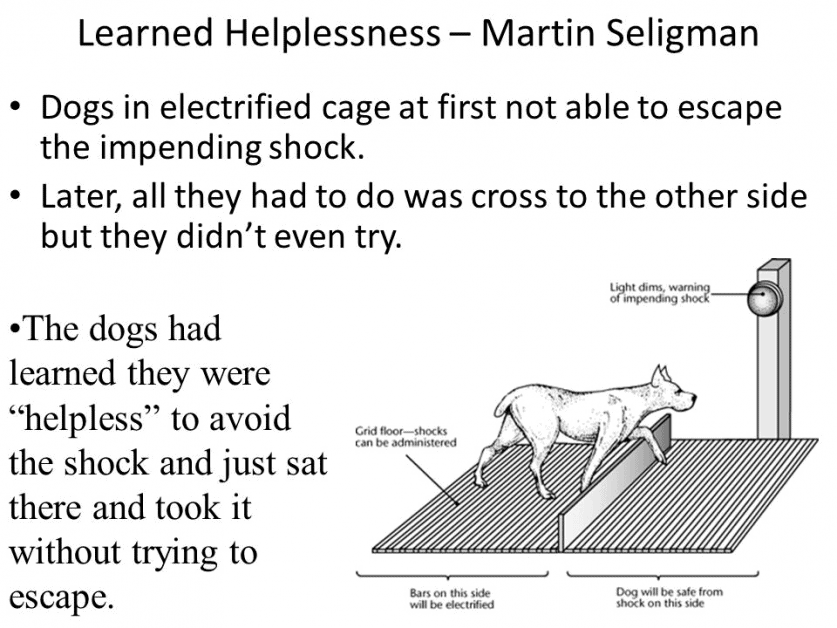The Victim Mentality And Learned Helplessness
Key Points:
- Learned Helplessness is when the brain learns that there is nothing it can do in response to negative stimuli.
- Psychology and neuroscience has traced this phenomenon to various parts of the brain.
- Mindfulness of this affect and how it might affect you is the best way to protect yourself from learned helplessness.
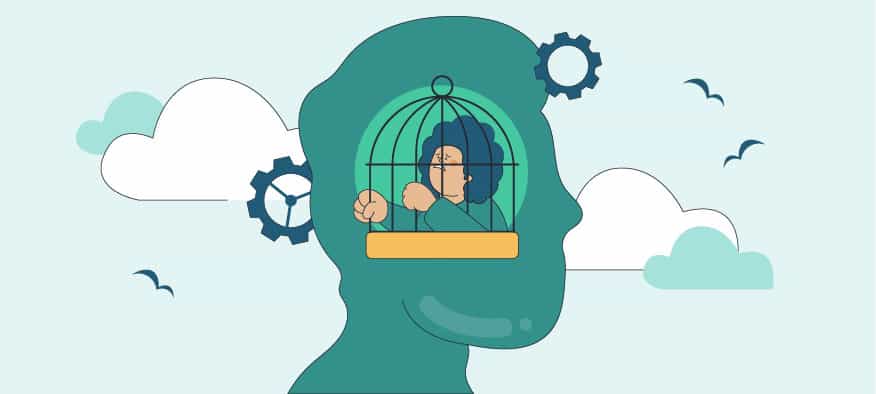
“It’s not my fault”. “There’s nothing I can do”. “There’s no point in trying”. These are typical thoughts of those who believe themselves to be victims.
But are these people justified in blaming their past for how they conduct themselves in the present and future? And how long after a traumatic event should a victim continue to blame their environment? Are these past victims justified in continually perpetuating their victim mentality?
This article is aimed to clarify misconceptions about those who are viewed to have the “victim mentality”. Many accuse others of having this attitude when they are actually referring to another condition altogether – learned helplessness.
It is important to clarify the difference between them because one is a very serious psychological condition that needs professional treatment, while the other is a result of negative environmental conditions that can be rectified and something which all of us suffer from to some degree.
Blaming the “Victim Mentality” is Sometimes Misguided
A victim is anyone who experiences injury, loss, or misfortune as a result of some event or series of events.
When people speak of those with a “victim mentality”, most are not talking about clinical victims of intense psychological stress (such as victims of sexual and physical abuse). These people have very tangible issues that cannot easily be removed from the brain after the event has occurred. Often, post-traumatic stress cannot be removed without intense professional help once the event has ceased.
Instead, society is quick to judge those who self-impose restrictions for themselves where these restrictions may no longer be necessary. They accuse them of having a “victim mentality”, accompanied by adjectives such as laziness, self-pity, and weakness.
They are stigmatized as having a weak personality and, because their environment has now changed, so too should their mentality. Essentially, victims can only be victims at the time of wrongdoing.
Thus, any continued victimization, once the victim’s condition has been removed, is self-imposed.
If only it were that simple. Victimization leaves psychological scars in the same way that heroin and other drugs cause addiction. And when you’ve been victimized for a significant amount of time, it starts to become part of your identity
Victims are victims for a reason – no one chooses to become a victim; it is a result of unfortunate events in their environment.
Instead, most refer to those who blame others for their conditions and seem unwilling to take accountability, such as not looking for a job after being fired so many times or those who no longer try to exercise because they never lose weight, as suffering from a victim mentality
These people suffer from what psychology terms “learned helplessness”. Whereas victims of abuse need professional help, those who suffer from learned helplessness can help themselves, and this is the focus of the rest of the article.
Introducing Learned Helplessness
When most people refer to the victim mentality, what they are actually referring to is better described as learned helplessness.
Learned helplessness happens when we repeatedly encounter a strong aversion to stimuli that we cannot avoid.
Whether we get used to bullies at school and learn to simply take the abuse, or get used to being mistreated by friends or family, if we feel powerless enough, we will learn that, no matter what we do, we can’t stop it.
For some, this may seem like a weak excuse for those not willing or strong enough to take accountability for their actions. This is especially apparent for those who have never experienced either the victim mentality or learned helplessness.
But science has shown that this is a very real effect that can happen to anybody. Although the field has proven to be neurologically complex, its effects can be easily demonstrated.
Your Free Book is Waiting
You’ll Learn:
- How to Create Habits – The Right Way
- Create a Bulletproof Plan to Achieve Your Goals
- Master the Art of Failing
- Rediscover Your Love of Learning
- Instantly Become More Personable
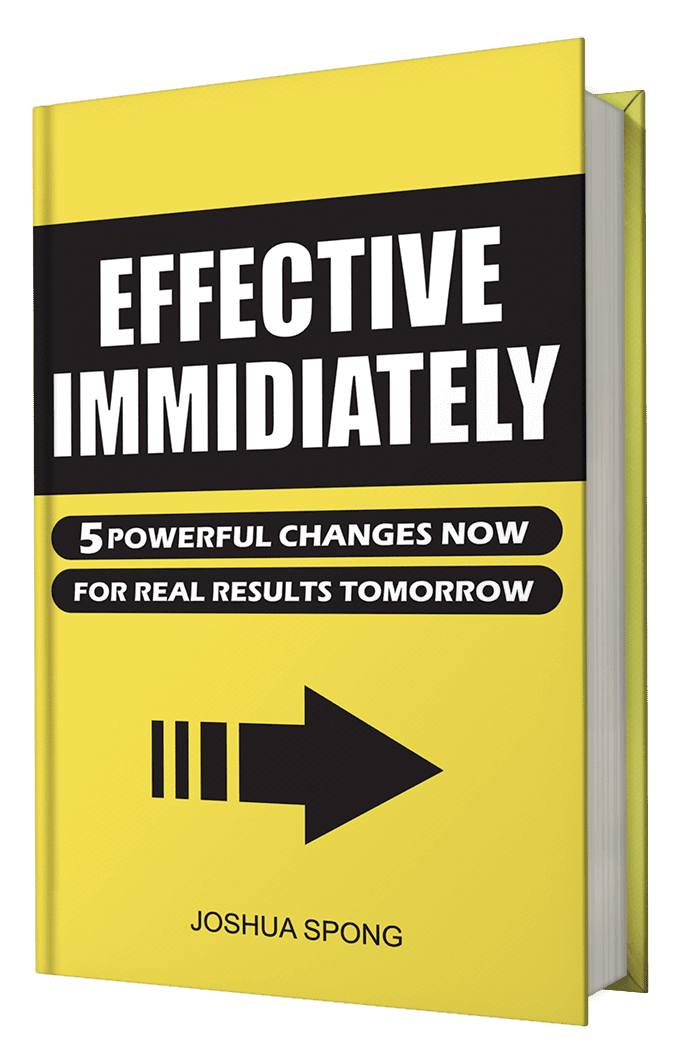
What Causes Learned Helplessness?
Over the past few decades, neuroscience has provided insight and shown that the brain’s default state is to assume that control is not present, and the presence of “helpfulness” is what is learned first.
Studies show that many creatures (including fish) are susceptible to the learned helplessness phenomenon. In fact, it is throw testing on animals that notable psychologist Dr. Martin Seligman first discovered the topic as an extension of his interest in depression.
Seligman designed an experiment involving dogs. First, a bell would ring, and then a dog would receive a shock. After numerous repetitions, the dog naturally correlated the ringing of the bell with the discomfort of the shock. Soon, the dog would react as if it had been shocked just upon hearing the bell.
Seligman later placed the dog in a box with a low fence dividing two sides, one of which was electrified while the other was not. The dog could easily see and jump over the fence, should it choose to, to avoid the shock. Seligman predicted that if a dog was placed on the electrified section, it would simply jump to safety.
Seligman brought in a new set of dogs and found that those who had not experienced the shock would always jump over the fence, as we might imagine.
However, when he used the dogs from the earlier experiment involving the shocks, nearly all of them did not move to the safe side, contrary to what an untested dog was found to do. They simply laid down on the electrified section as if they had no hope.
Seligman naturally concluded that the original set of dogs had learned to be helpless – they had no control in the first half of the experiment, so they assumed they would not have control in the second.
They believed there was nothing they could do to avoid the shocks, even when there was a clear option they could take to do so. Seligman called this condition “learned helplessness.”
This behavior is why humans seem to stick to terrible conditions, despite a seemingly easy way out. It is why it takes victims of domestic abuse an average of seven attempts to leave before finally committing. It is easy to pass judgment on these people from our positions of safety, but these people are subject to the neurology of learned helplessness.
This is also why we must show empathy for those who suffer from it, even though to an outsider it may seem as if they cannot be bothered to help themselves. We must understand that it is a neurological condition of the brain and help is needed to show them there is a way out.
We all Suffer From Learned Helplessness in Some Way
While victims of violent crime are extreme examples, we all experience these symptoms and their negative consequences to some degree.
For example, if a child regularly performs poorly on exams even after studying, they may start to believe that preparing for tests is ineffective and won’t have any impact on their grade. In reality, the child may simply need to find a more suitable way of learning, such as with videos or examples.
Those on a diet who repeatedly fail to lose weight may eventually believe that diets do not work for them and any attempt to lose weight is therefore futile. Instead, they should have sought professional help, perhaps a nutritionist who may clarify that the sugar in their coffee and the olive oil in their salad all add up.
The Difference Between Victimhood and Learned Helplessness
The victim mentality is an acquired personality trait in which a person tends to recognize or consider themselves a victim of the negative actions of others, and to behave as if this were the case in the face of contrary evidence of such circumstances. Often, being a victim becomes a part of their identity.
The victim mentality is primarily developed from past trauma, such as an abusive childhood. Similarly, criminals often engage in victim thinking, believing themselves to be moral and engaging in crime only as a reaction to an immoral world and that authorities are unfairly singling them out for persecution
It often evolves as a defense mechanism to cope with adverse life events.
The key differentiator is that victims of past trauma have psychological scars and trauma that overwhelm their thoughts. They are often aware that this is happening to them but the trauma is so substantial that they still cannot break free. It is akin to being addicted to heroin; all addicts know it is unhealthy and that they should stop, but the addiction is so powerful they do not have the strength to overcome it.
Recovering from long-term victimization is a grueling, painful process for which you need hope, motivation, and the will to live – traits that post-traumatic stress sufferers sometimes lack. It’s naive of critics not to acknowledge this.
Learned helplessness, on the other hand, is more like a bad habit, although it can sometimes be very serious.
Most of the time, we are not aware of it until we see the other side of it. Think of the dogs; they did not jump over to the other side because they didn’t think about it – their minds were convinced there was nothing that could be done so they didn’t think about finding a way out. But the dogs who were not subject to the shocks and learned helplessness didn’t think twice about escaping.
Dealing with Learned Helplessness
As with all my articles, I like to focus on how to change for the better. Unfortunately, there is no quick fix for either learned helplessness or the victim mentality.
In the third phase of Seligman’s experiments on dogs, he found he could retrain the dogs to learn how to not be helpless, in a similar manner to how they taught them to be helpless in the first place.
The team physically moved the dogs in the jumping motion needed to jump over the divider to safety, to physically show the dogs that it was possible to jump over the divider and not be shocked. Interestingly, he had to do this twice before the dog learned this for itself
These dogs are unlikely to go back to simply accepting the shock again. In the same way they learned to be helpless, they also were able to learn how to help themselves again.
If we take this lesson from the dog learning to kick the learned helpfulness habit, we can learn this too.
This is easier said than done, however; after all, the whole premise of learned helplessness is that the brain doesn’t even think that a way out is possible.
Seeking help would be the first best action, in the same way that Seligman “helped” the dog to see the way out. This could be a therapist, psychologist, or even a friend or family member who is willing to help and give advice.
As with most things, prevention is the best form of protection. Be mindful of when you are falling into a sense of learned helplessness as described above. When things seem hopeless, or you find yourself continually blaming others and your environment, remind yourself of this experiment on the dogs and look for the metaphoric divider to jump over that might not be immediately apparent.
An Example to Watch Out For
With the past two decades of stagnating economic conditions, I feel concerned for the youth of today who may be getting accustomed to terrible economic conditions.
With sky-high house prices, inflation not seen for 40 years, a pandemic that cut millions of jobs in 2020, and surging living costs, many of today’s working class are starting to feel helpless. And because these conditions have been worsening since the heydays of the 90s, many are likely learning (or have learned) to feel economically helpless.
This is understandable, but economies go through booms as well as busts. Those who are struggling still need to be alert and ready for when opportunities arise, such as when the divider is removed between the dogs. Either the divider will be moved for them (the economic environment will change) or they are in a position to move it themselves (by starting a business or retraining to a higher-paying industry).
But whatever the economic conditions, you will only be able to change if you do not fall victim to learned helplessness. We must be mindful of this as times continue to prove financially challenging.
Remember, no one can judge or blame you for your thoughts of victim mentality or learned helplessness – they are neurological conditions that apply to all creatures, as proved with Seligman’s dogs.
But now you are aware of it, you have a duty to yourselves and others to be mindful of it and avoid it happening to yourselves and those close to you. As with most things, avoidance is the best form of protection.
Leave a Comment to let me know your thoughts!

The 5 Best Evidence-Based Supplements For Anxiety
The 5 best evidence-based supplements for anxiety include passionflower, kava, St John’s wort, L-arginine, and magnesium, according to recent research.

The Benefits of Grounding – What The Science Says
The benefits of grounding have been scientifically studied and include reductions in inflammation, diabetes, and stress.
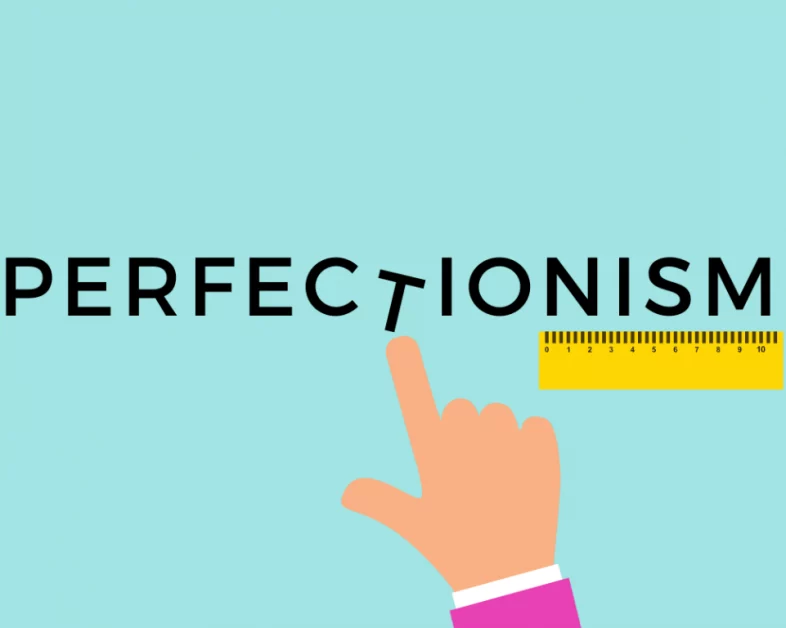
The Perfect Storm – How Perfectionism Sets You Up For Failure
Perfectionists may be known for their high standards and attention to detail, but perfectionism is the enemy of productivity. It also causes much stress and anxiety.
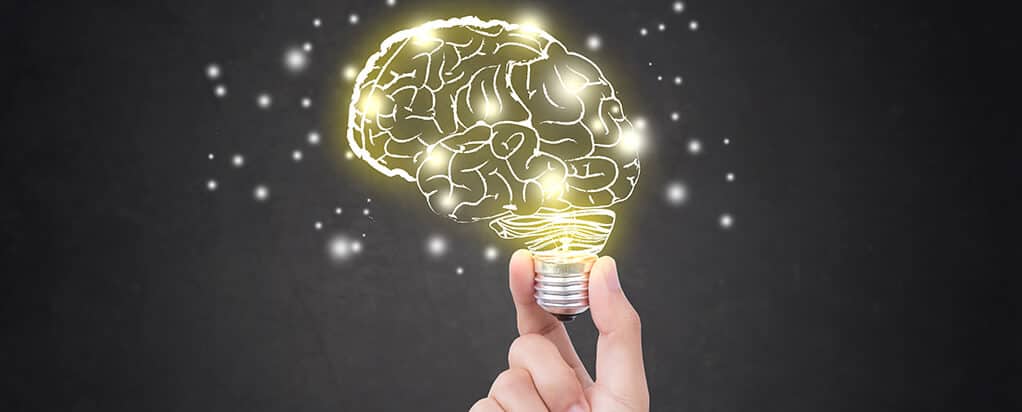
What is Growth Mindset and How Can it Help You Achieve Your Goals?
A growth mindset is a mentality you adopt toward improving your skills, intelligence, and capabilities while increasing the motivation to achieve your goals.

Why You Need A Reverse Osmosis Water Filter System
Reverse osmosis water filter systems are the gold standard in water filtration, effectively removing a wide range of contaminants and disinfectant byproducts.

How To Overcome Laziness – A 7 Step Guide
Explore practical strategies on how to overcome laziness, embracing laziness as natural and tackling it with rest, planning, and reframing success.”
